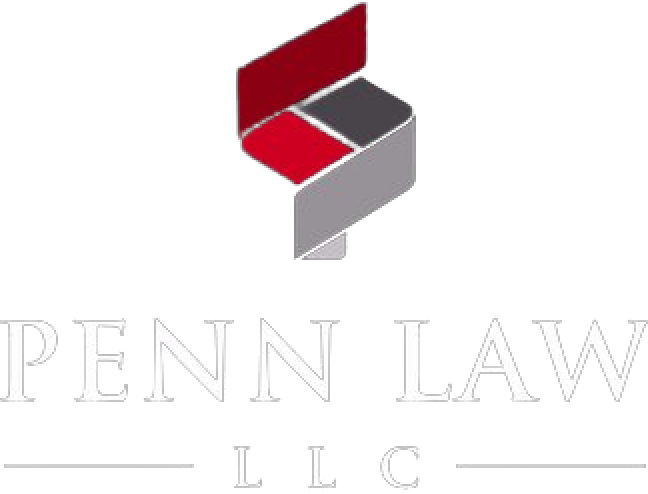Back
Premises Liability
Premises Liability in the Era of Outsourcing

Premises Liability
September 25, 2025
Premises liability law rests on a simple principle: property owners have a duty to maintain safe environments for visitors, tenants, and customers. When they fail in that duty, and someone is injured as a result, they can be held liable.
But the landscape of property management has changed dramatically. Increasingly, owners of shopping malls, apartment complexes, office towers, and entertainment venues outsource day-to-day responsibilities like janitorial work, elevator maintenance, landscaping, and security. On the surface, outsourcing promises efficiency and cost savings. In practice, however, it often introduces confusion and allows responsibility to be diffused across multiple parties.
For trial lawyers, the rise of outsourcing poses a critical challenge: who is truly accountable when a hazardous condition causes harm?
The Rise of Outsourcing in Property Management
Property ownership today is less about hands-on stewardship and more about delegation. Owners hire management companies to oversee daily operations, who in turn subcontract specialized services to the lowest bidders.
Common outsourced functions include:
- Security staffing for malls, nightclubs, and apartment complexes.
- Maintenance of elevators, escalators, and HVAC systems.
- Landscaping and exterior upkeep.
- Janitorial services and cleaning crews.
While outsourcing reduces direct payroll costs for property owners, it also places essential safety obligations in the hands of third parties who may be undertrained, underfunded, or unmotivated to go beyond the bare minimum. In some cases, subcontractors further delegate work to smaller vendors, creating a web of responsibility that is almost impossible to untangle without deep investigation.
Accountability Gaps Created by Outsourcing
The more parties involved in property management, the easier it becomes for each one to shift blame. When a slip-and-fall, violent crime, or structural failure occurs, defendants often point fingers in every direction except at themselves.
For example:
- A security contractor may argue that staffing decisions were dictated by the property management firm.
- The management firm may claim that the property owner set the budget and limited resources.
- The property owner may assert that safety obligations were fully delegated to contractors.
This blame-shifting game often leaves injured plaintiffs facing a maze of contracts, subcontractors, and denials. Meanwhile, the reality is that unsafe practices—such as hiring undertrained guards or ignoring known maintenance issues—stem from systemic decisions made to cut costs at the expense of safety.
Legal Challenges for Plaintiffs’ Attorneys
For attorneys handling premises liability cases, outsourcing creates unique hurdles.
- Identifying the proper defendants: With multiple contractors involved, pinpointing the party with direct responsibility can be difficult.
- Complex contracts and indemnity clauses: Agreements often contain provisions designed to insulate property owners from liability and shift responsibility to vendors.
- Delays in discovery: Each party insists on limited involvement, forcing plaintiffs’ lawyers to fight for basic records like maintenance logs, incident reports, and staffing schedules.
Without strategic investigation, cases risk being bogged down in procedural delays rather than advancing toward accountability.
How Stratejic Relationships Traces Responsibility
At Stratejic Relationships, we specialize in cutting through these layers of obfuscation. For 18 years, our team has helped trial lawyers trace negligence back to its source, even when hidden behind multiple contracts and subcontractors.
Our approach includes:
- Insider Identification
We locate former employees of property management firms, contractors, and subcontractors who can testify about unsafe practices. Maintenance staff can reveal how repair requests were ignored, while ex-security personnel can confirm inadequate staffing policies. - Document Mapping
We uncover the paper trail—service agreements, incident reports, and internal communications—that show how responsibilities were divided, delegated, and often neglected. - Witness Strategy
We connect trial lawyers with credible witnesses who can demonstrate that, despite outsourcing, the property owner ultimately retained responsibility for safety. Juries are more likely to side with plaintiffs when they see how cost-cutting cascaded into preventable harm.
Case Example: In one investigation, we helped uncover that a mall’s “security” was subcontracted through three layers of vendors, with the final company hiring unlicensed guards. When an assault occurred, every party tried to deny responsibility. Insider testimony revealed the truth: the owner’s budget cuts and outsourcing decisions created the dangerous conditions.
Why This Matters for Plaintiffs
For injured individuals and their families, the distinction between a property owner, management company, or contractor is irrelevant—they simply want accountability and justice. But in court, establishing a clear chain of responsibility is essential.
By uncovering the truth about outsourcing arrangements, trial lawyers can show that outsourcing does not absolve property owners of their duty of care. Instead, it highlights how systemic negligence and profit-driven decisions put safety at risk.
Insider testimony and document trails do more than prove liability; they give juries a clear story of how harm could have—and should have—been prevented.
Conclusion
The trend toward outsourcing in property management is unlikely to reverse. But while property owners may delegate tasks, they cannot delegate responsibility.
In the era of outsourcing, trial lawyers must be prepared to confront complex webs of contractors and subcontractors who attempt to dodge accountability. Stratejic Relationships ensures those webs are untangled, witnesses are found, and responsibility is traced to its rightful source.
For plaintiffs, that means a stronger case, clearer accountability, and the justice they deserve.
Latest Articles
Wrongful Death - Pursuing Justice After a Loved One's Death
A wrongful death lawsuit allows family members to hold the responsible party accountable for their loved one’s death. These cases often arise from situations such as car accidents, medical malpractice, or workplace incidents. Compensation can cover funeral expenses, lost income, and emotional suffering.
How Stratejic Relationships Enhances Wrongful Death Cases with Crucial Testimonies
This article discusses how Stratejic Relationships supports wrongful death cases by connecting lawyers with former employees and other insiders who have critical information. It focuses on the importance of proving negligence or fault in wrongful death claims and how Stratejic’s network of contacts can provide essential witness testimony to build stronger cases, giving families the justice they deserve.
Stay informed with us
Sign up to receive insights from Stratejic Relationships and learn more about new case studies, articles, and more.











